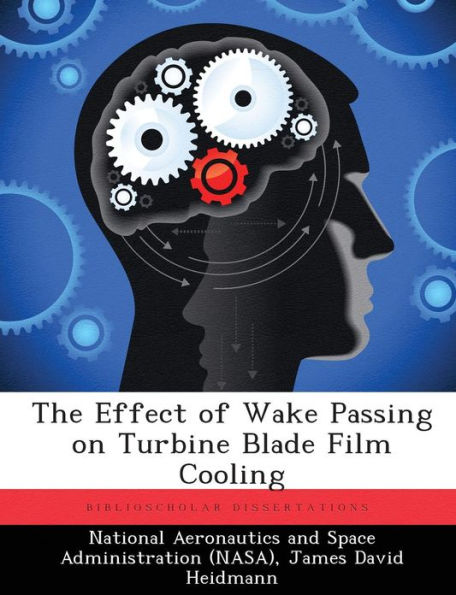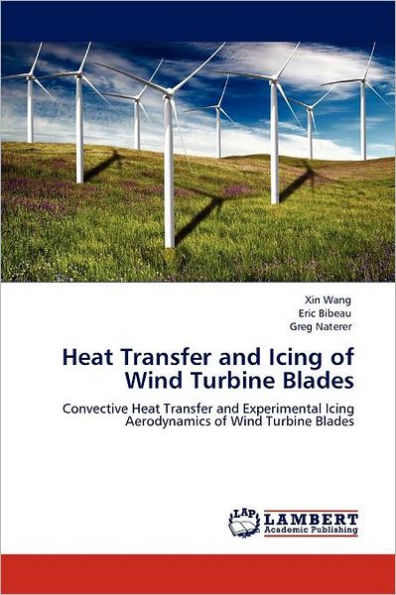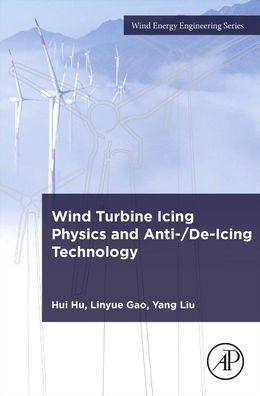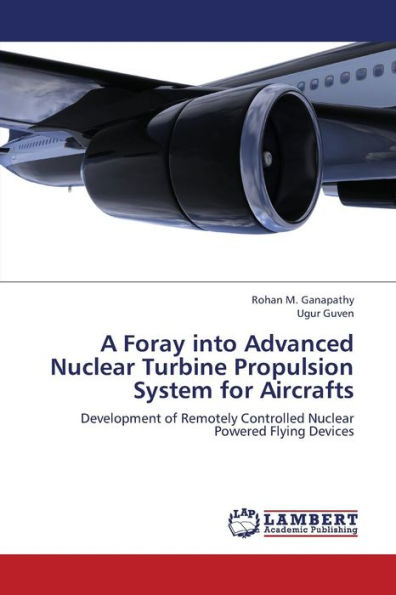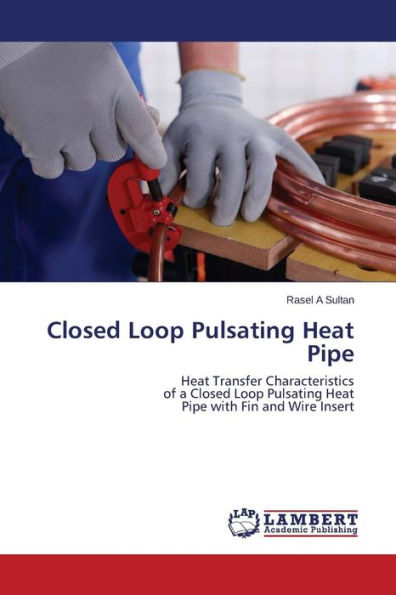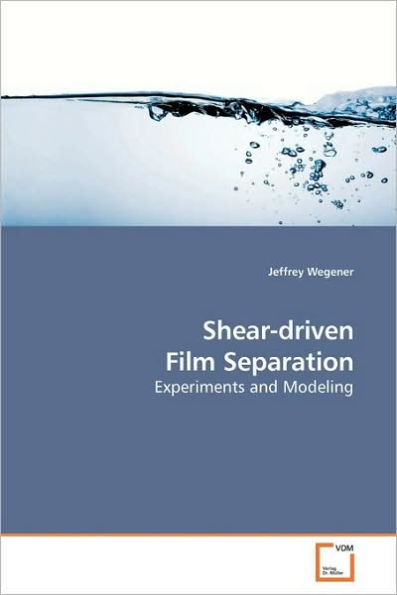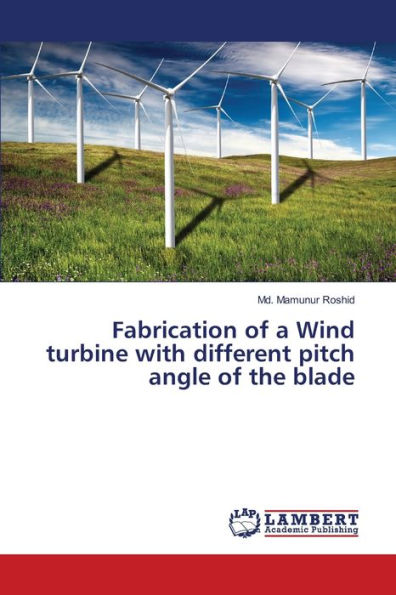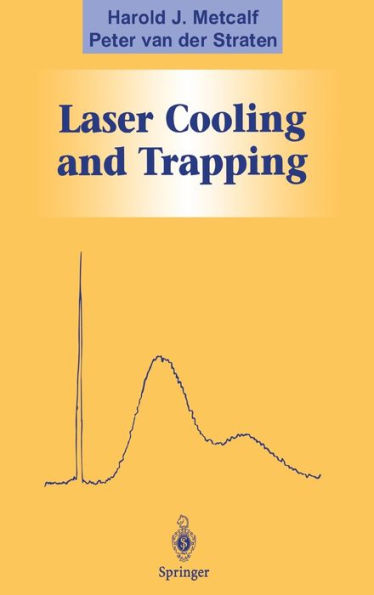Home
Pulsed Film Cooling on a Turbine Blade Leading Edge
Barnes and Noble
Pulsed Film Cooling on a Turbine Blade Leading Edge
Current price: $57.95
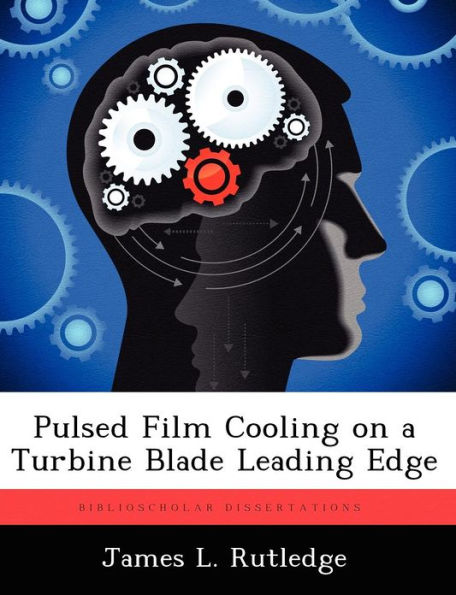

Barnes and Noble
Pulsed Film Cooling on a Turbine Blade Leading Edge
Current price: $57.95
Size: OS
Loading Inventory...
*Product information may vary - to confirm product availability, pricing, shipping and return information please contact Barnes and Noble
Unsteadiness in gas turbine film cooling jets may arise due to inherent unsteadiness of the flow through an engine or may be induced as a means of flow control. The traditional technique used to evaluate the performance of a steady film cooling scheme is demonstrated to be insufficient for use with unsteady film cooling and is modified to account for the cross coupling of the time dependent adiabatic effectiveness and heat transfer coefficient. The addition of a single term to the traditional steady form of the net heat flux reduction equation with time averaged quantities accounts for the unsteady effects. An experimental technique to account for the influence of the new term was devised and used to measure the influence of a pulsating jet on the net heat flux in the leading edge region of a turbine blade. High spatial resolution data was acquired in the near-hole region using infrared thermography coupled with experimental techniques that allowed application of the appropriate thermal boundary conditions immediately adjacent to the film cooling hole. The turbine blade leading edge was simulated by a half cylinder in cross flow with a blunt afterbody. The film cooling geometry consisted of a coolant hole located 21.5° from the leading edge, angled 20° to the surface and 90° from the streamwise direction. Investigated parameters include pulsation frequency, duty cycle, and waveform shape. Separate experiments were conducted in a water channel to provide visualization of the unsteady coolant propagation behavior. Further insight into the flow physics was obtained through computational simulations of the experimental apparatus. The computational results afforded time resolved flow field and net heat flux reduction data unobtainable with the experimental techniques. A technique to predict the performance of an unsteady film cooling scheme through knowledge of only the steady film cooling behavior was developed and demonstrated to be effective.
